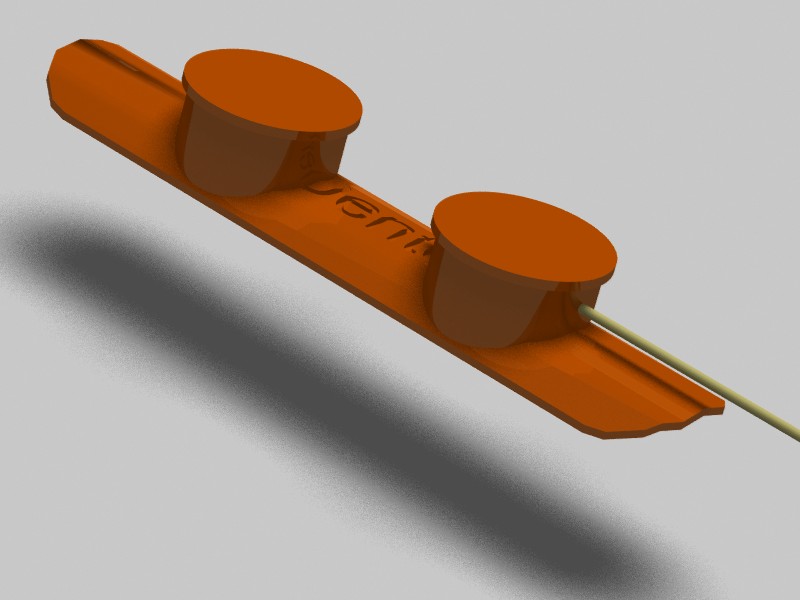
I got this idea more than 15 years ago when I went fishing with my son. I didn’t have a fly rod, so I picked up a cheap, natural bamboo cane pole from a local store—and ended up having some of the most fun I’ve ever had fishing.
When I got home, inspired by that simplicity, I designed a little fly line holder that could clip to a standard rod. I called it the Zen Reel. I showed the design to a couple people, but the reaction was underwhelming. I never made a prototype.

Now, all these years later, I’ve returned to the idea with a fresh design—this time, called Tenkai. It’s loosely based on that original sketch, but refined. And as I write this, the first prototype is being 3D printed in my home office.
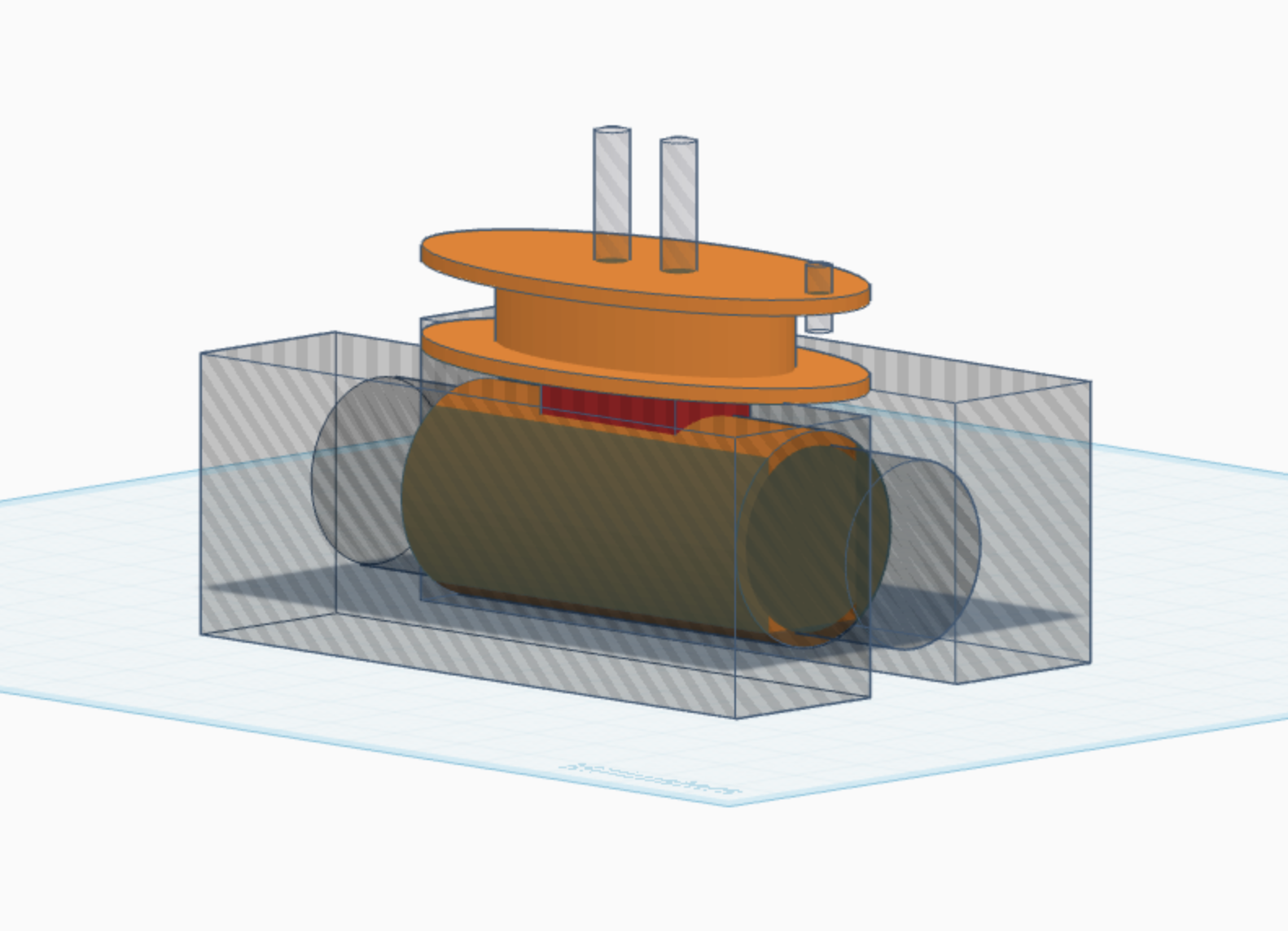
My son has been doing well selling hand-tied flies on Etsy. He’s great at design, social media, and promoting his work. I thought maybe this could be something we build together—his marketing skills paired with one of my old ideas that never got a fair shot.
So I dove in. Honestly, the whole time I was asking myself: Do I keep building dumb stuff just because I get excited? Or is building while excited the only way things actually get done?
And like many of my past projects, I did this one “backwards”: I started designing before I started selling. I didn’t think I could pitch the idea well without something in hand. But I figured I could knock out a first prototype in a few hours.
This time, I did a little research. I found a keyword related to this idea that gets about 10,000 searches a month. I estimated my cost to build each reel would be around $10. If I could sell it for $40, I’d need to sell about 143 units to hit my “freedom number” of $4,250.
Here’s what I’ve spent so far:
That doesn’t include my hosting costs, mailing list software, design software, computer, 3D printer, or any of the other things I already have at my disposal.
I don’t know much about fly line, so I bought a cheap 5wt line to wrap on the reel for photos and backyard testing. I picked 5wt because it was right in the middle of the 3–8wt range. I know a $10 line isn’t going to perform like a $100 one, but it’ll do for now.
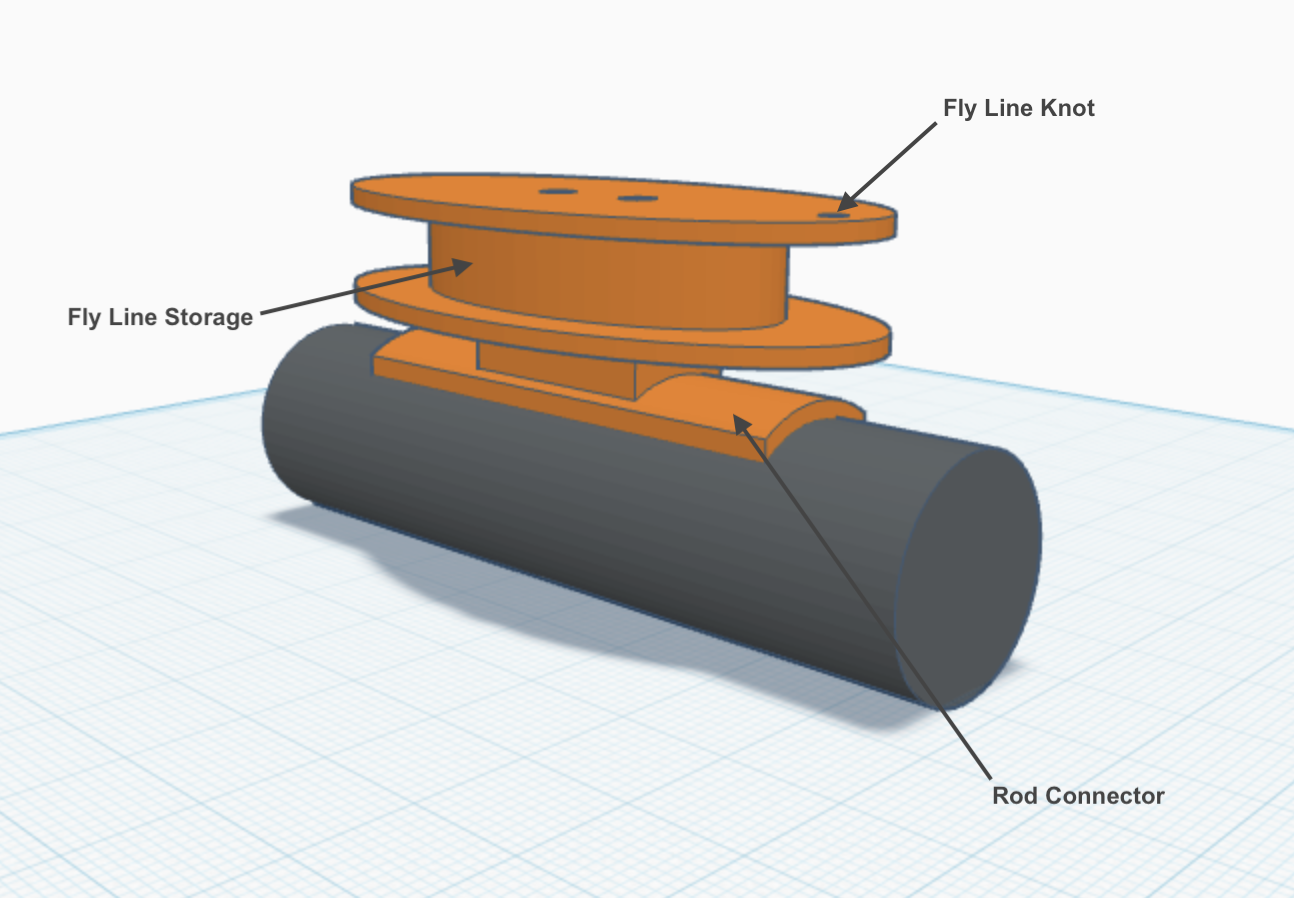
The first piece of the prototype just came off the printer in my office.
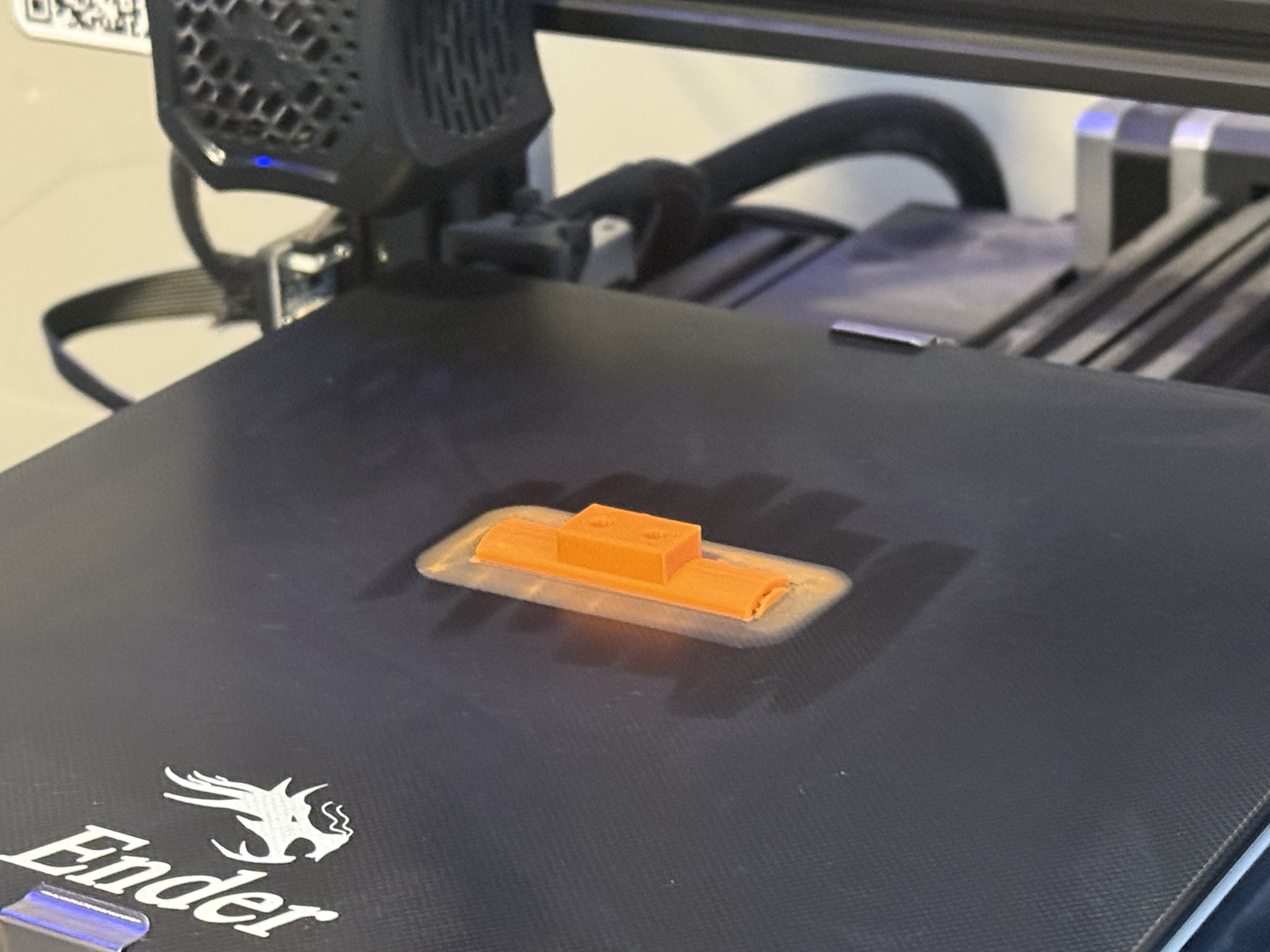
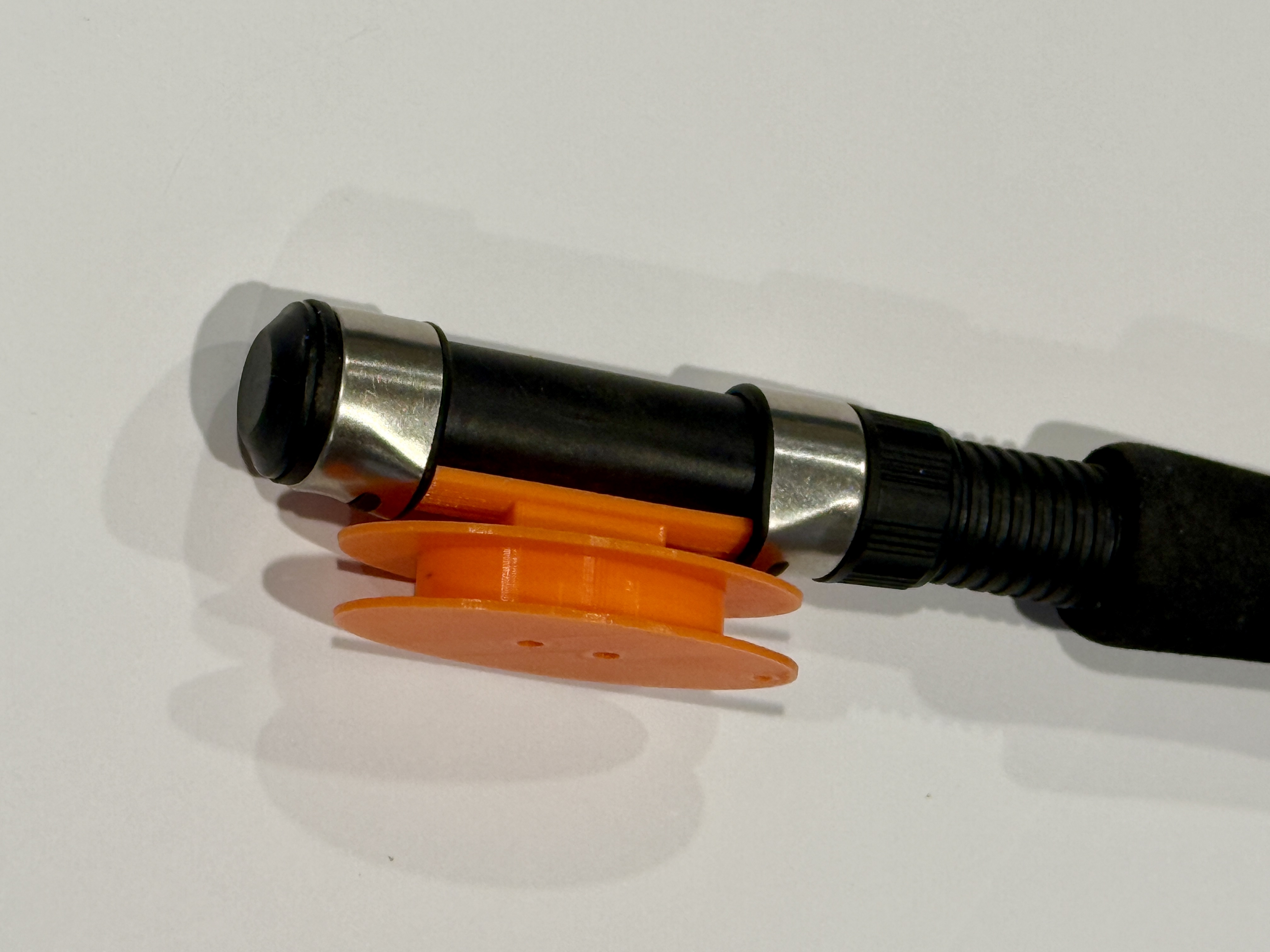
I wrapped 24 feet of line on it, attached it to a regular fly rod, and gave it a test cast in my backyard. The core idea works — but a few problems surfaced right away.
The biggest issue is balance. Removing the reel shifts the feel of the rod, and I kept catching myself rotating the handle during use. It’s not terrible, but it’s not right either. My Dad mentioned this when I showed the design to him.
I’d originally pitched this as making a western fly rod feel more like Tenkara — but what I’ve made is different, not a replica of either. And maybe that’s okay. But maybe it’s not useful enough.
So I’m hitting pause on this version. I still love the idea of reel-free fishing — the rhythm, the simplicity — but I’m not sure this physical product is how I want to bring that idea to life.
I’m not a fishing gear expert. I’m a builder, a tinkerer, and someone who ships fast. This project reminded me how physically demanding product work is — sourcing parts, managing shipping, tolerancing for 3D prints. That’s not where I shine.
So I’m shifting focus to something more aligned with what I do best: digital tools, content, and experiments I can launch and iterate online.
For now, I gave it a shot.
If you’re interested in the idea of fishing without a reel, join my Tenkai mailing list. I’ll send you the original STL files I created here and we can keep the conversation going.
👉 Sign up
Written by Joel Dare with the help of AI on May 9, 2025. Last edited on May 10, 2025.